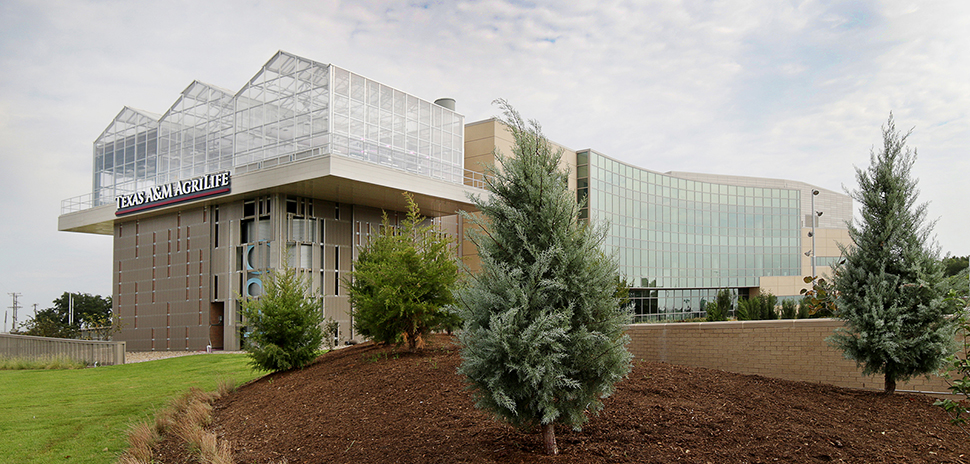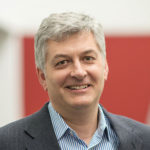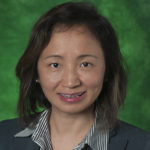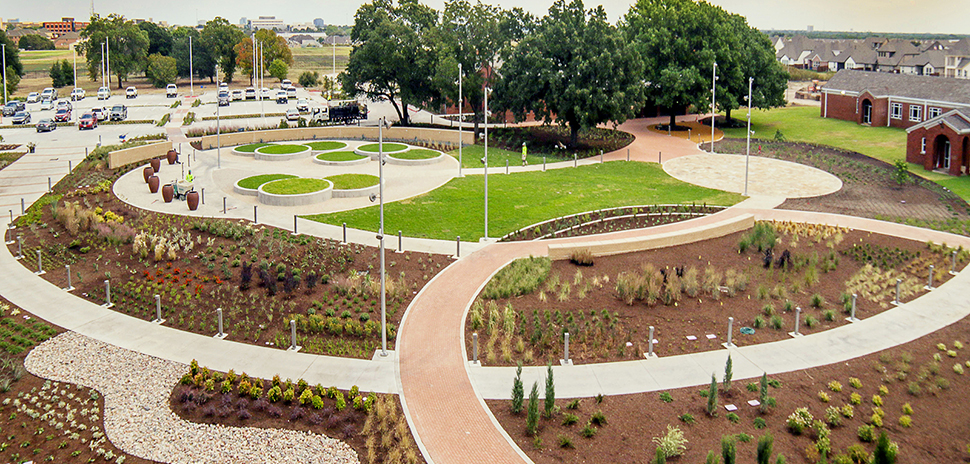![]() Every week, we do a little research of our own. We’re looking for scientists, professors, engineers, entrepreneurs—anybody, really—engaging in research and development across North Texas.
Every week, we do a little research of our own. We’re looking for scientists, professors, engineers, entrepreneurs—anybody, really—engaging in research and development across North Texas.
There’s plenty of good work being done. If you want to put R&D under your microscope, sign up for our e-newsletter.
Dallas Agrilife Center connects Texans to food, environment, and healthy living
Texas A&M Agrilife Center in Dallas recently opened its newly renovated campus aimed at being a rural-urban connection for Texans to their environmental sustainability, food sources, and healthy living.

An exterior view of the Urban Agriculture and Forestry building. [Photo: Courtesy Texas A&M AgriLife/Patricia Moran]
You’d recognize the center if you drive on Coit Road in Far North Dallas, particularly at night when the building and the rooftop greenhouses are lit in pastel shades.
The Dallas Agrilife Center features a new 60,000-square-foot Urban Agriculture and Forestry Building that has research labs, plant tissue culture facilities, and advanced rooftop research greenhouses. The center said the facility’s curved design and smart glass installation takes advantage of the path of the sun in heating and cooling for energy efficiency.
“Agriculture must become integral to urban culture,” Patrick Stover, vice chancellor of Texas A&M Agrilife Research said in a statement. “With today’s technologies and centers like the Dallas Center, we have the potential to meet expectations and feed the world with nutritious food that prevents disease and is environmentally sustainable.”
New to the facility is the Water and Land Resources building that has 8,000 square feet of teaching and gathering space. It’s in the new Benny J. Simpson Ecopark, a 7-acre spread of reclaimed Texas Blackland Prairie that features a 3-acre serpentine rainwater detention pond, over 140 species of Texas native and adapted plants, and sign-guided walking nature tour.
UTA professor gets a $2.3M grant to fund composite materials research
The Air Force Research Lab is funding a $2.3 million grant to a professor of mechanical and aerospace engineering at the University of Texas to continue his collaborative project aimed at developing better modeling methods for the testing of composite materials.

Endel Iarve [Photo: UT Arlington]
The grant went to Endel Iarve to fund his collaboration with colleagues at Wichita State University, UTA said.
Iarve is principal investigator on the project. It also includes UTA aerospace engineering professors Andrew Makeev and Kenneth Reifsnider, and assistant professor Rassel Raihan as co-principal investigators.
The collaborators are creating new tools for the design and certification of advanced composite structures and materials with an emphasis on realistic representation of “as-manufactured” parts that include manufacturing defects, UTA said.
The group aims to bring the tools into the certification framework to reduce costs and increase efficiency.
A computing society recognizes the work of a UNT associate dean
Yan Huang, a senior associate dean and director of graduate studies at the University of North Texas College of Engineering, has been named a distinguished member of the Association for Computing Machinery for her contributions to computing.

Yan Huang [Photo: Courtesy UNT]
UNT said that Huang’s scientific research forms core technologies for modern spatial databases and spatial data mining. That’s the process of discovering what the university called interesting and previously unknown, but potentially useful, patterns from large spatial datasets, UNT said in the release.
“My work focuses on organizing, making best use of and finding interesting patterns in large amounts of data,” said Huang, a professor with the Department of Computer Science and Engineering. “For example, a navigation system used to mean only a driver’s GPS location on a map with a static route to their destination. But, today massive amounts of data can be collected by navigation systems and road sensors in real time allowing for routes to be adjusted based on conditions.”
Huang added: “Now, we can take advantage of all the new data to detect movement patterns, schedule ride sharing, and predict and circumvent traffic problems.”
The Association for Computing Machinery is the world’s largest educational and scientific computing society.
READ NEXT
![]()
Get on the list.
Dallas Innovates, every day.
Sign up to keep your eye on what’s new and next in Dallas-Fort Worth, every day.

































































